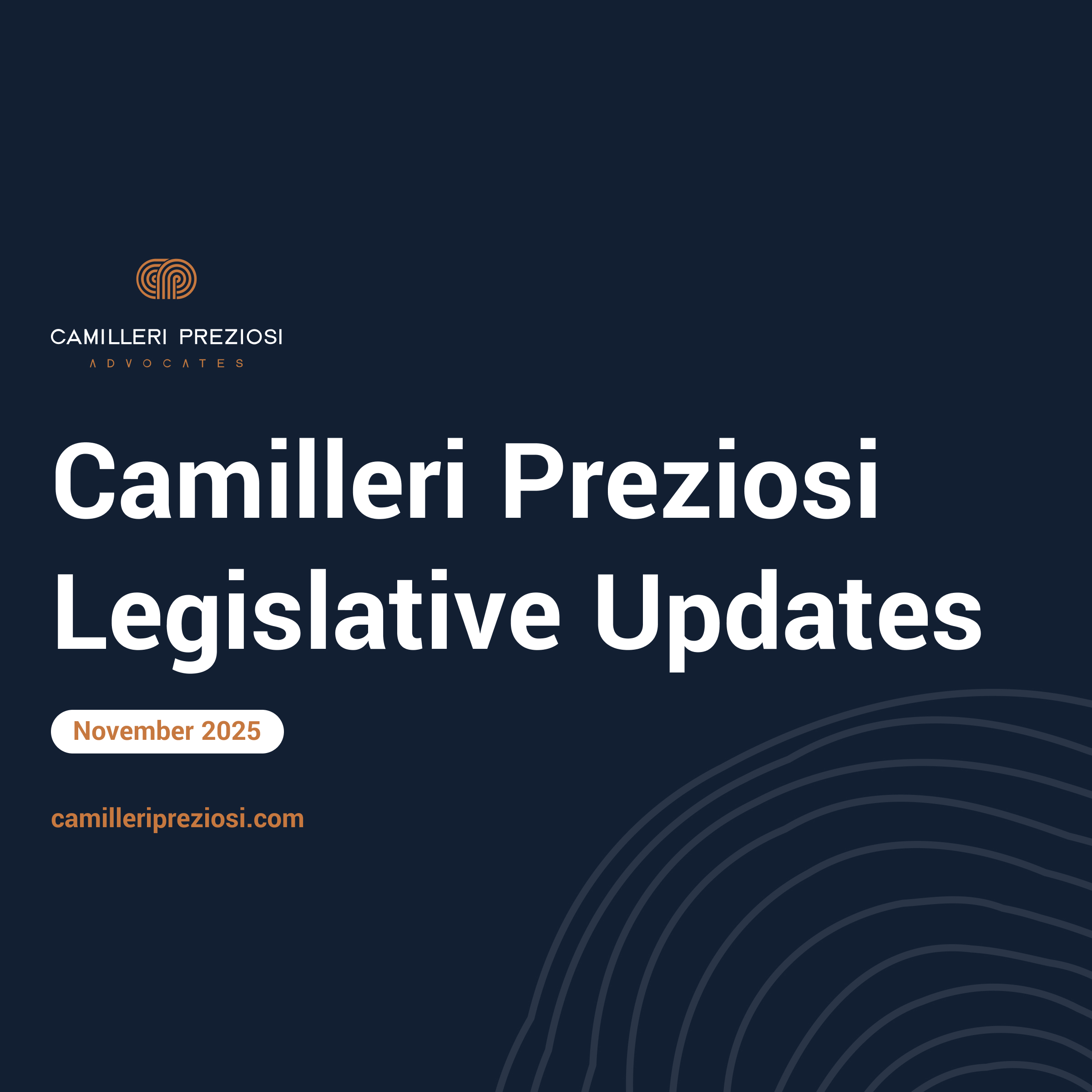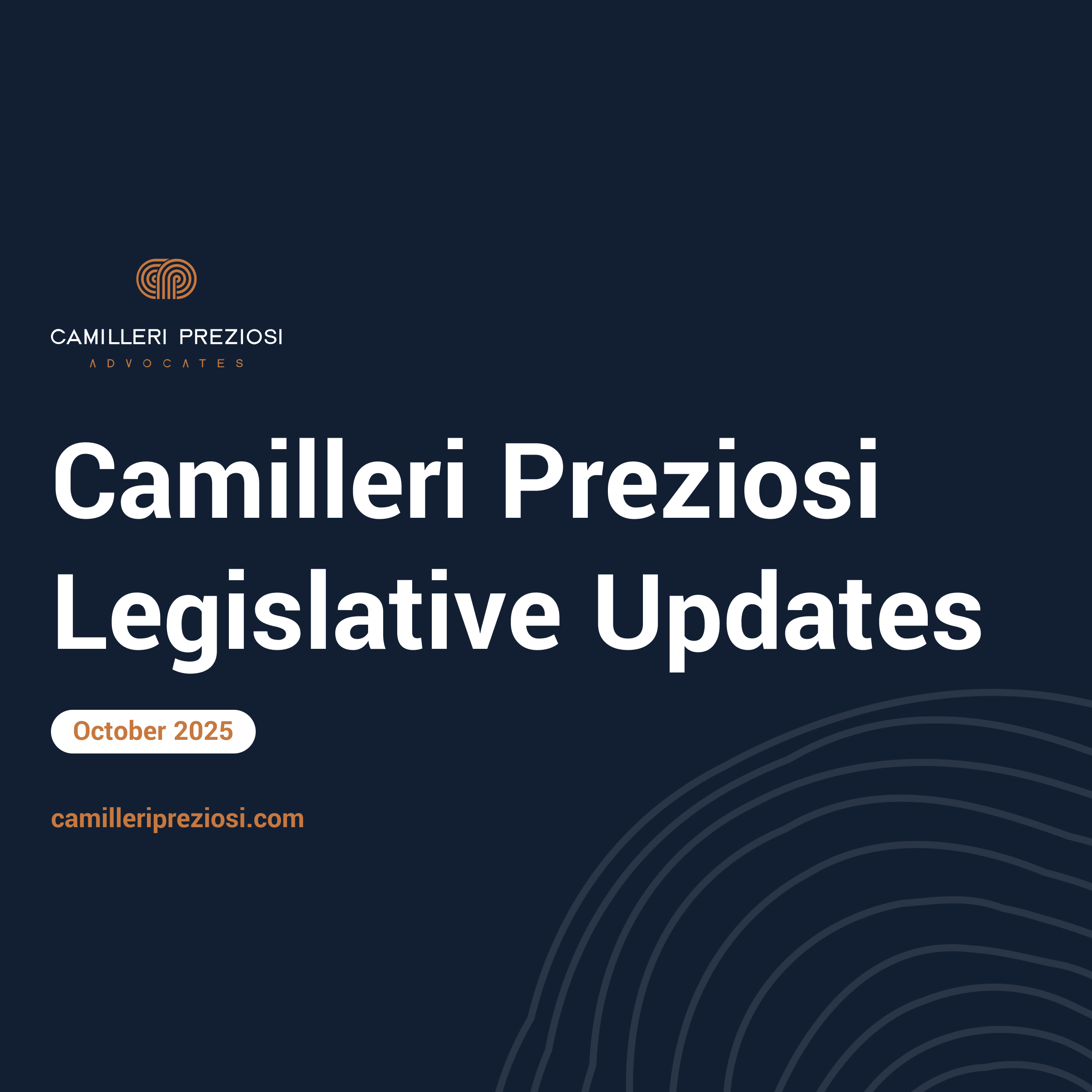
Act No. IX of 2025 has introduced a number of amendments to the Arbiter for Financial Services Act (Cap. 555). While most of these changes are relatively minor (see summary below), a notable revision involves the definition of ‘eligible customer’, specifically through the introduction of a proviso aimed at addressing liability in cases of fraudulent payment transactions.
In terms of the amendment, an 'eligible customer' includes: a customer who is a consumer of a financial services provider; (b) a customer to whom the financial services provider has offered to provide a financial service; (c) a customer who has sought the provision of a financial service from a financial services provider; (d) the lawful successor in title to the financial product which is the subject of the relevant complaint; (e) consumer associations; and (f) voluntary organisations: Provided that in the case of suspicious fraudulent payment transactions involving financial services providers, the victim of fraud exhibiting immediate, genuine and legitimate interest shall be deemed to be an eligible customer of any one of the financial services providers involved in the suspicious fraudulent payment transaction and this proviso shall be applicable with effect from 1st October 2025.
This new proviso, which becomes effective as of 1 October 2025, applies to cases described as “suspicious fraudulent payment transactions” and introduces a potentially wide scope for liability. Under the revised definition, any victim demonstrating an “immediate, genuine and legitimate interest” may qualify as an eligible customer of any provider involved in such a transaction.
While the intent to provide recourse for victims of fraud is commendable, the wording of the proviso raises several legal and operational uncertainties:
- The term “suspicious fraudulent payment transactions” is ambiguous. It is unclear whether the transaction must be fraudulent, suspicious, or both, and who determines the element of suspicion.
- The qualifiers “immediate, genuine and legitimate interest” lack clarity. It is not specified whether this interest must relate to the service provider, the transaction, or both.
A broader concern relates to the potential liability this may impose on service providers who have no direct relationship with the claimant. This shift could create operational complexities and legal disputes between entities in the payment chain, particularly where liability is assigned in the absence of statutory obligations. It may also encourage providers to renegotiate risk-sharing mechanisms or seek indemnities in anticipation of increased exposure.
Other amendments introduced by Act No. IX of 2025 include:
- The addition of a definition for “consumer associations” to Chapter 555, aligning it with the Consumer Affairs Act and including recognised organisations from other jurisdictions. A definition of “voluntary organisations” has also been included.
- The substitution of the definition of “customer”, which now reads: "customer" means a natural person, including his successors in title, a micro enterprise, consumer associations or voluntary organisations: Provided that customer shall include any person in the case of complaints regarding suspicious fraudulent payment transactions involving financial services providers.
This revised definition further reinforces the expanded scope of who may lodge a complaint under the amended framework.
The amendments introduced by Act No. IX of 2025 represent a clear attempt to bolster consumer protections in the face of increasingly sophisticated financial fraud. However, the approach adopted – particularly through the broad and imprecise language of the new proviso – raises significant legal and practical concerns. The expanded definitions of “eligible customer” and “customer” effectively lower the threshold for initiating complaints, potentially exposing financial services providers to liability in cases where no contractual or legal nexus exists.
This shift not only introduces legal uncertainty but may also undermine the operational dynamics between providers within the payment chain, as institutions grapple with how to allocate liability and manage risk in an environment where traditional legal boundaries are blurred. Ultimately, while the protection of victims of financial fraud is a crucial objective, legislation must strike a careful balance between consumer rights and legal clarity. In its current form, the amendments may inadvertently disrupt this balance, creating more challenges than solutions for the financial services ecosystem.







